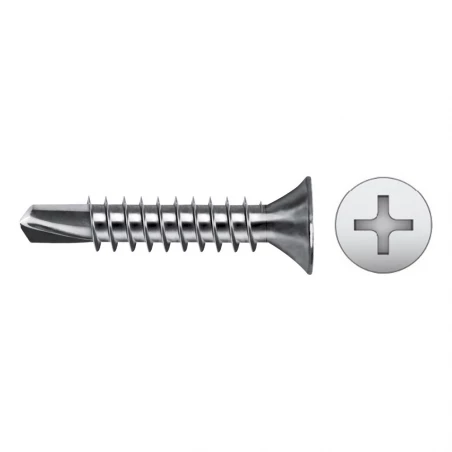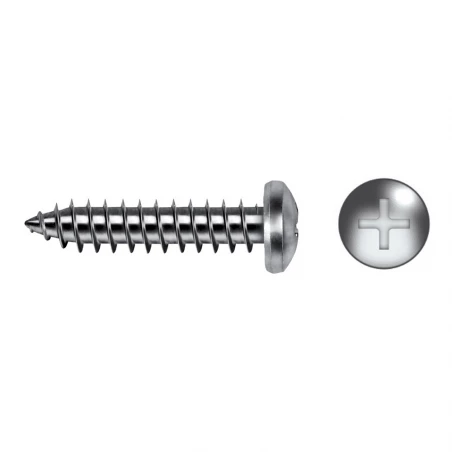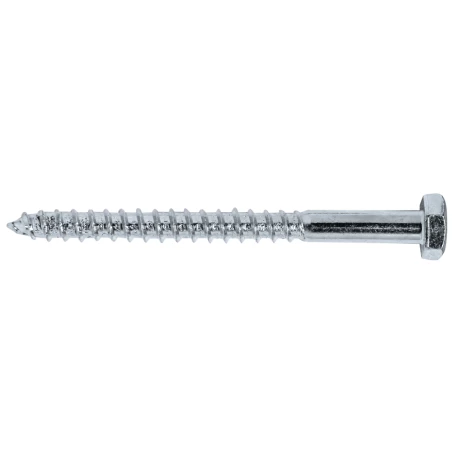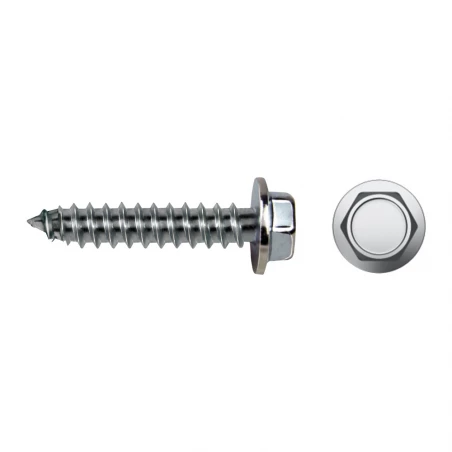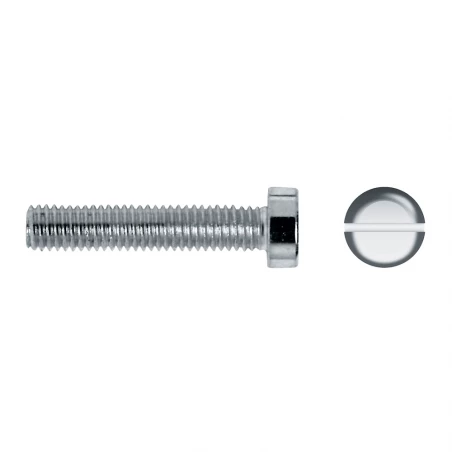How the screw standars were created?
The Industrial Revolution in the 19th century brought about the expansion of railway lines, which made it necessary to have compatible nuts and bolts that could be used in any location. Prior to this, fixings were not standardised, and there were no regulations defining screws and their characteristics. As a result, different regions and countries had their own set of standards and regulations, which often caused confusion and difficulties for manufacturers.
To address this issue, different standards organisations emerged in various parts of the world. In Germany, the DIN (Deutsches Institut für Normung) standards were established, while in the United States, the ASME (American Society of Mechanical Engineers) set standards. In the United Kingdom and its colonies, including India and Australia, the Whitworth and BS (British Standard) standards were created, while in Japan, the JIS (Japanese Industrial Standards) were put in place.
However, these regional standards were not always compatible with each other, and this created challenges for manufacturers that needed to operate in multiple countries. To address this, the International Organization for Standardization (ISO) was created in the mid-20th century. The ISO committee worked to define international standards that could be adopted by various sectors, and these standards have become the state-of-the-art for the fixing industry.
The ISO committee often adapts standards from different countries, especially the DIN standards, which are known for their high quality and precision. These standards are widely used in the automotive and engineering industries.
Despite the existence of these standardised fixings, there are still non-regulated special screw designs that are patented and licensed to other manufacturers. These designs have often been successful and have become popular in various industries. Examples of such designs include Taptite®, Remform®, and Powerlok®. These designs are often licensed as if they were a franchise, and they are a testament to the ongoing innovation in the fixing industry.
Why are screw standards important?
- Interchangeability: Standards make screws interchangeable, without requiring custom-made parts, which is important in safety-critical industries like construction and automotive.
Quality and Precision: Standards ensure screws are consistently made to a high level of quality and precision, reducing variations in product performance and risk of failures in high-load industries like construction, machinery, and transportation.
- Streamlined production. Standards allow manufacturers to use the same tools, machinery, and processes to produce screws that meet the same standards, reducing costs and simplifying supply chains, especially for companies operating across multiple regions or countries.
Communication and collaboration: Standards facilitate communication and collaboration between fixing industry stakeholders, such as manufacturers, engineers, designers, and regulators, enabling them to share information, work together, and ensure products meet required safety standards.
Standardised Screws
Here are some standard screws that Celofixings has on its catalog.
The Self-tapping screw DIN 7981 has a pan head and its PH recess is made of high-quality steel. It is available in boxes and blister to meet any customer need. In different coatings black zinc plated, lacquered and blue zinc plated. Blue zinc plated coating meets the standard RoHs, free chrome.
The classic wood screw is manufactured in accordance with DIN 571 and is used in many wood constructions and enables strong wood connections. The hex-head allows a high torque transfer.
CELO’s metric screw DIN 84 cylindrical head has a deeper milling slot to ensure a better screwing and grip. Available in boxes for professionals, large bags for the industry and blisters for the hardware store.



